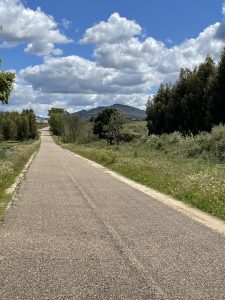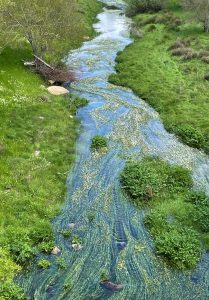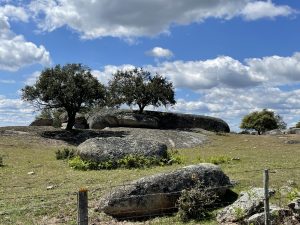On the Road – Distance 108km / 65mi | Elevation 1703m / 5538ft
CHECK OUT MY RELIVE VIDEO HERE!: https://www.relive.cc/view/vPOpZ3p47Rq
An early morning stroll around the monastery before a sumptuous breakfast with bright sunshine and slightly warmer temperatures.
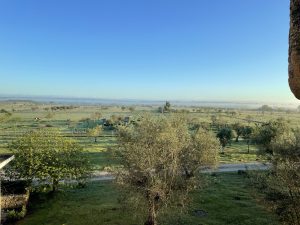
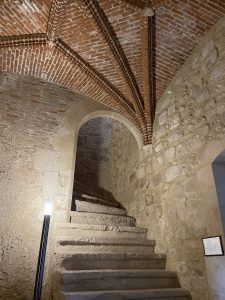

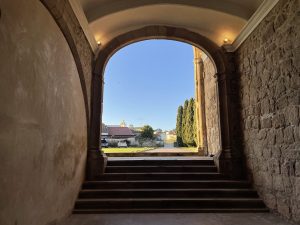
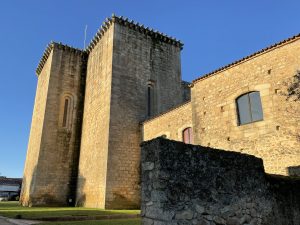
A solid but beautiful morning took us into the Parque Natural da Serra de São Mamede and towards the twin medieval towns of Castelo de Vide and Marvão. From here it was virtually all downhill to lunch in the sleepy town of Nisa, but with a few pitchy rollers, in the 13% range! – lush green hills surrounded us for much of the day and as we crossed the Tagus River you feel the terrain change – hills are coming as we headed out of the Plains into the Mountains of Portugal!

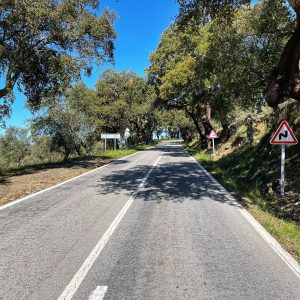
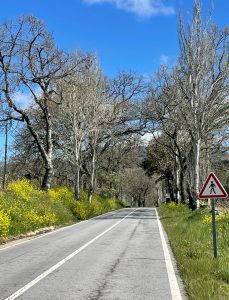

5 up @ 8% grade and 5 down for this little extra climb – Marvao was a stunning walled village to ride up into, and the views were worth the effort, as was the espresso! The elevation map below shows just to the coffee stop at the hilltop village of Marvao which is the summit of the second big  peak…a big chunk of climbing to get there from Crato!
peak…a big chunk of climbing to get there from Crato!
Marvao
The formidable castle, built into the rock at the western end of the village, dates from the end of the 13th century, but most of what you see today was built in the 17th century. The views from the battlements are staggering. There’s a huge vaulted cistern (still full of water) near the entrance, and it’s landscaped with hedges and flower beds. The torre de menagem (keep) has displays on the castle’s history even pre-dating its 13th-century founding.
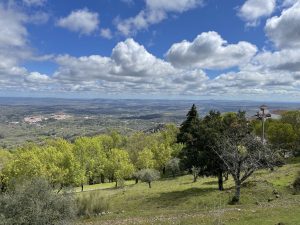
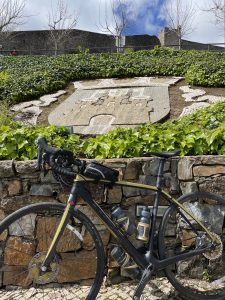


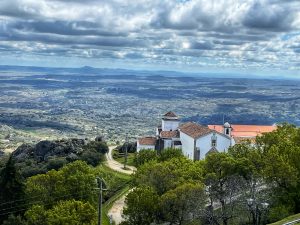


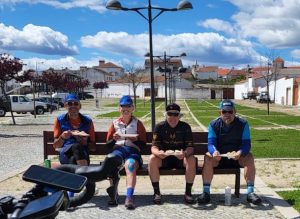

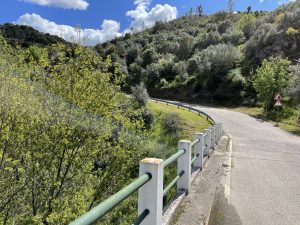

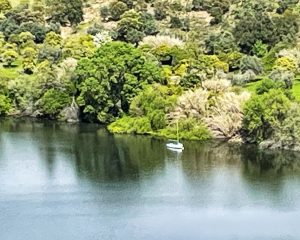

Check in at Herdade da Urgueira
This family run hotel in the country was a last minute change on the itinerary and it certainly did not disappoint. The rooms are spacious and clean and the food we were served was tasty and bountiful…and they have a great wine cellar!



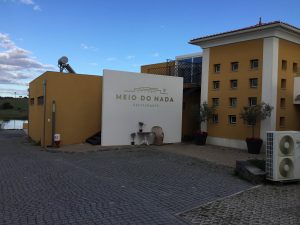
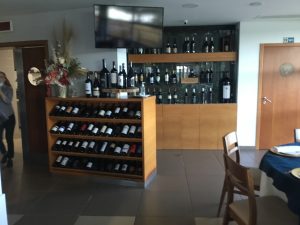

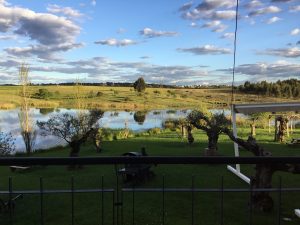
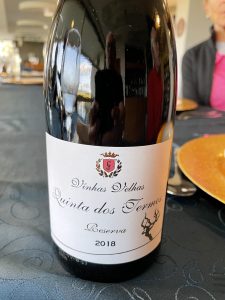

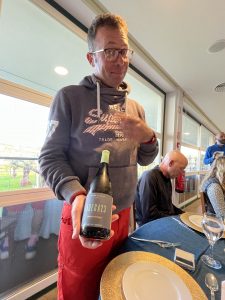

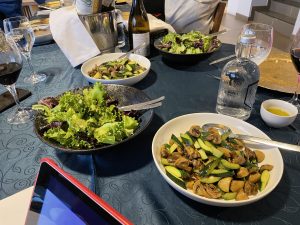


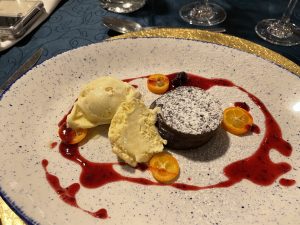 salad, sauteed mushrooms, chicken, steak, lava cake & ice cream!
salad, sauteed mushrooms, chicken, steak, lava cake & ice cream!
Another great day in Portugal! More big climbs to come before it is all over! Ola!
a little more history…






